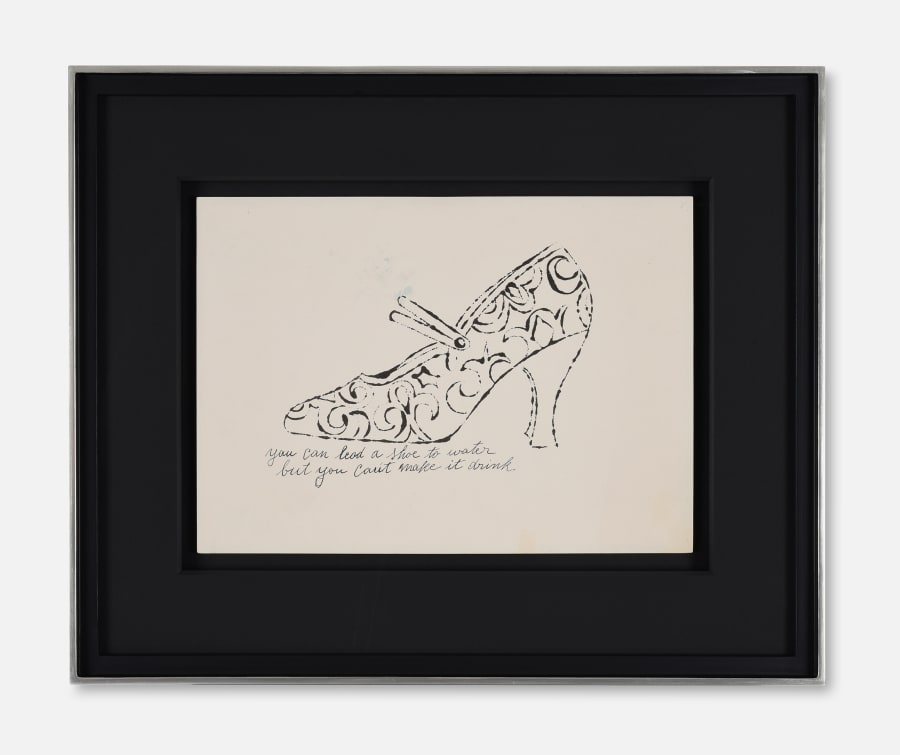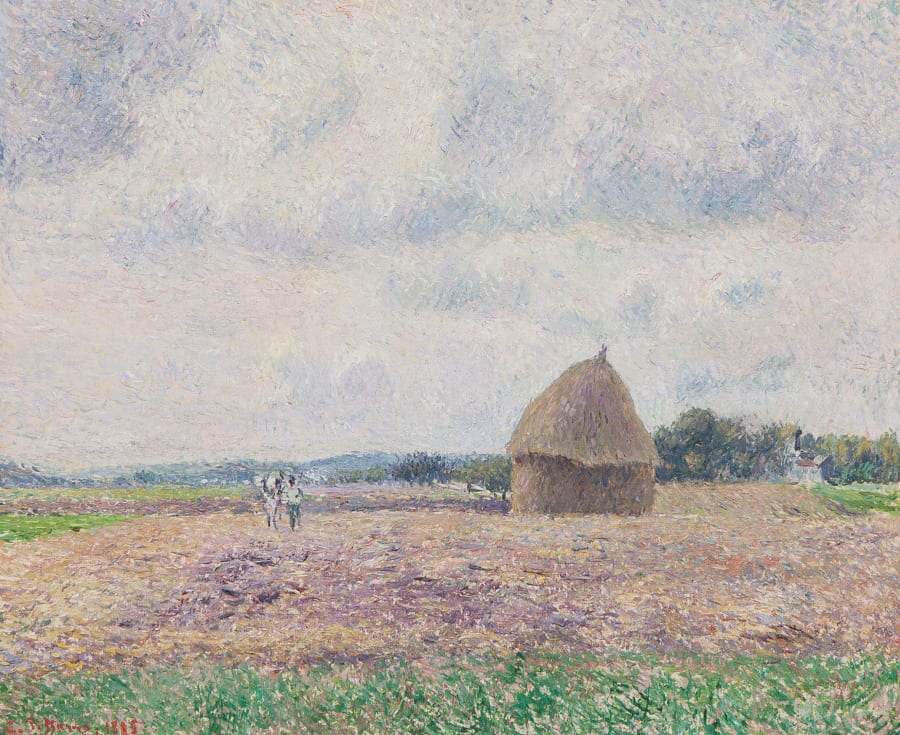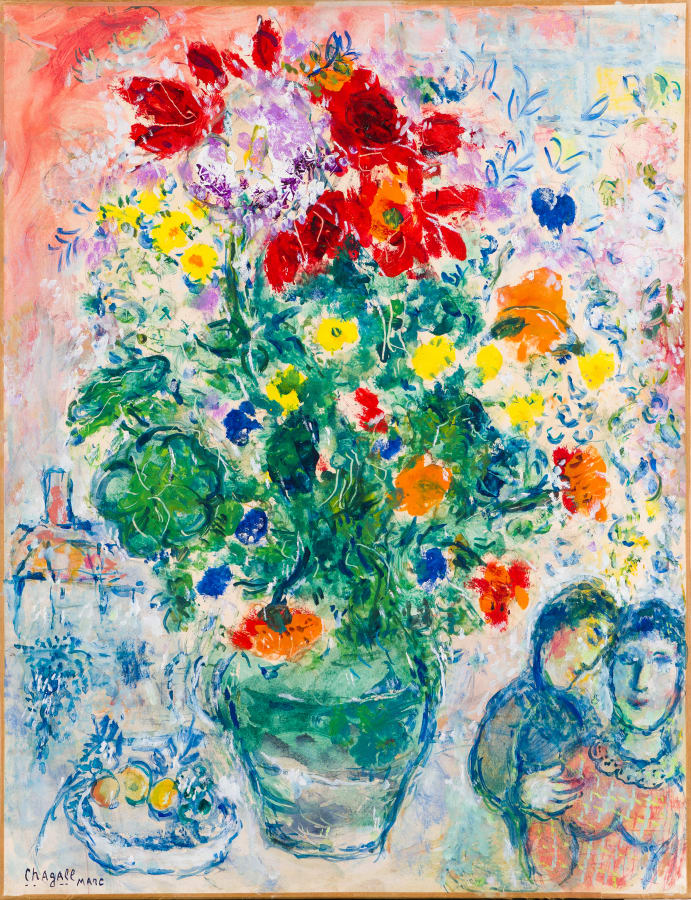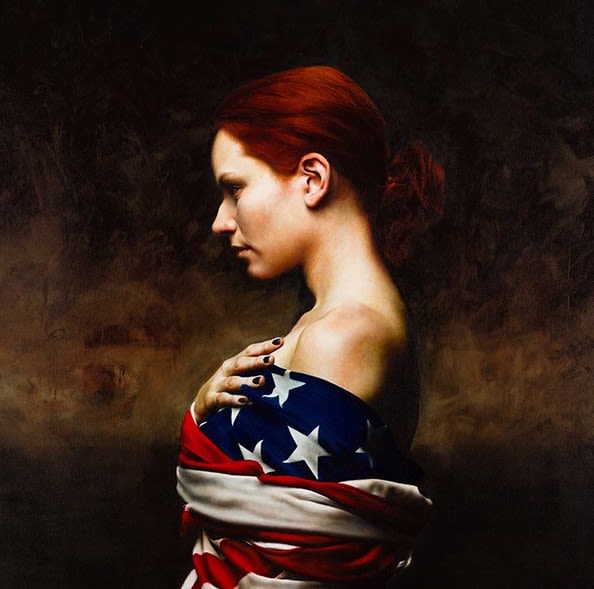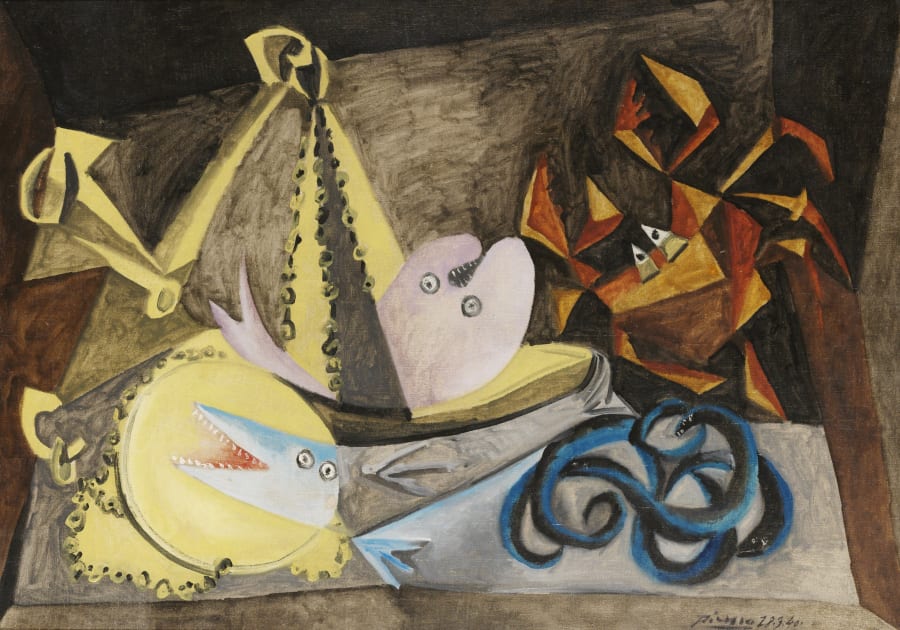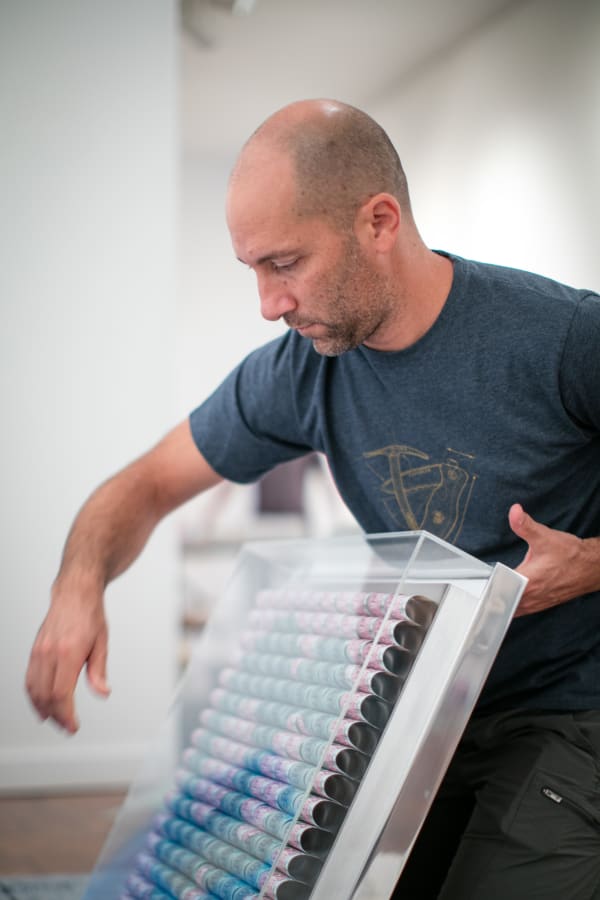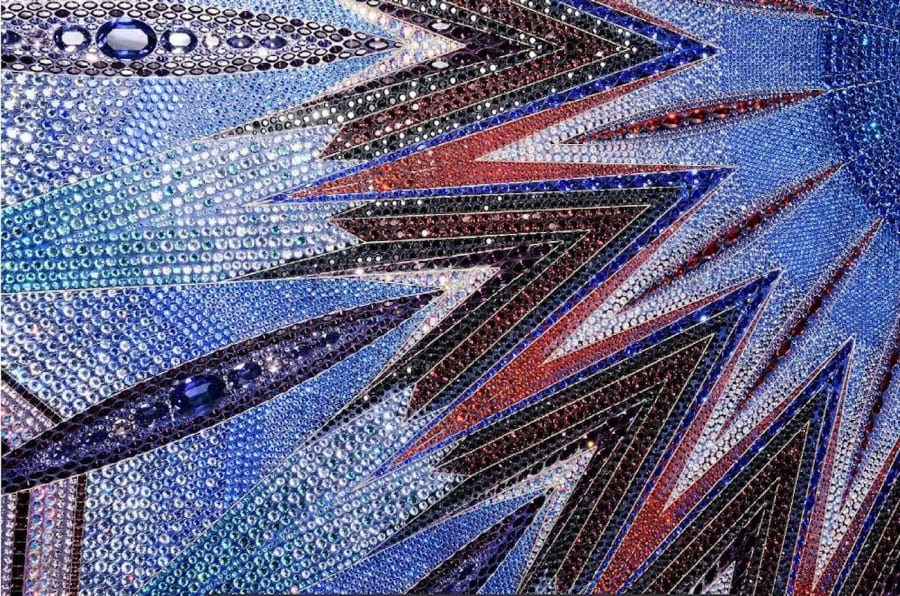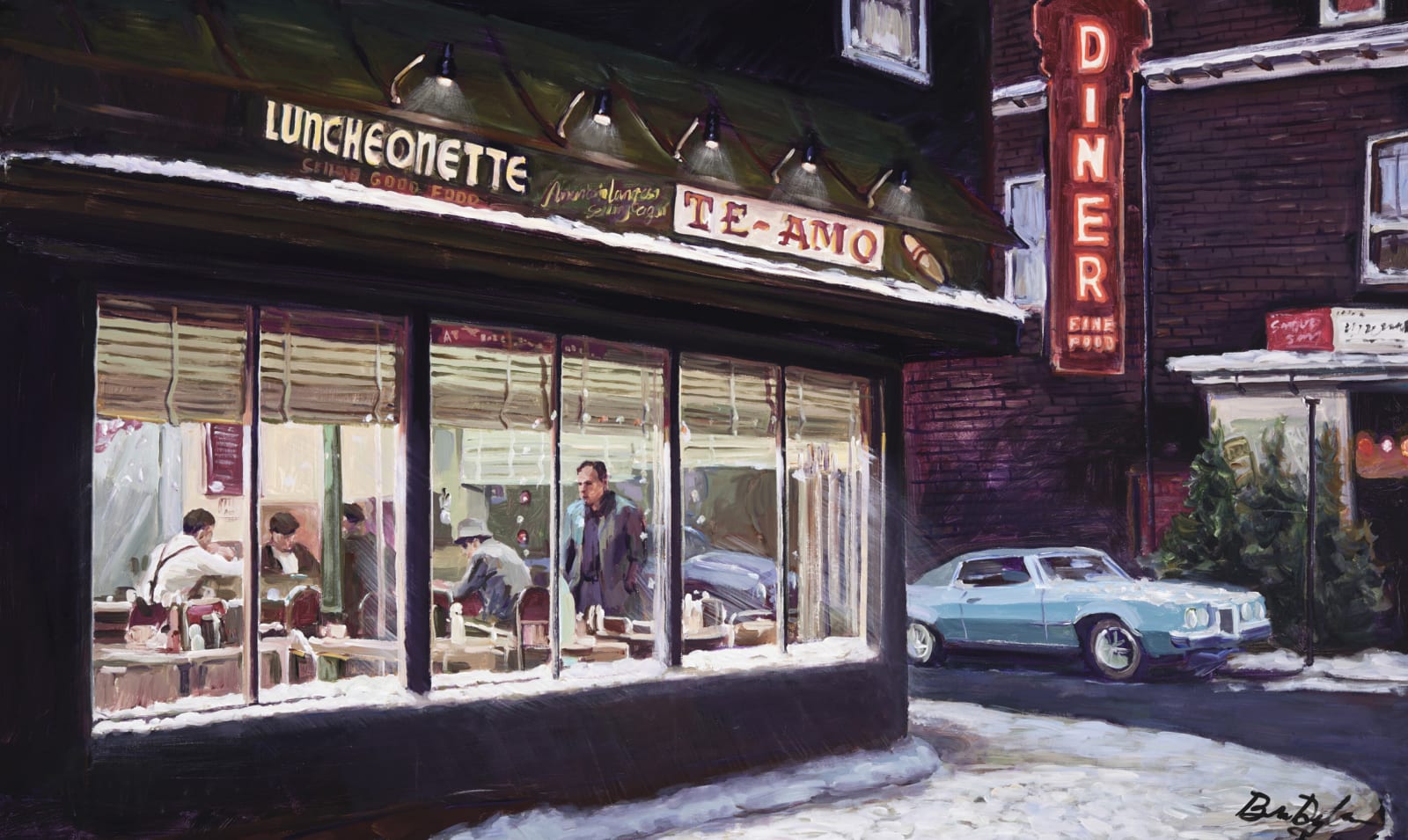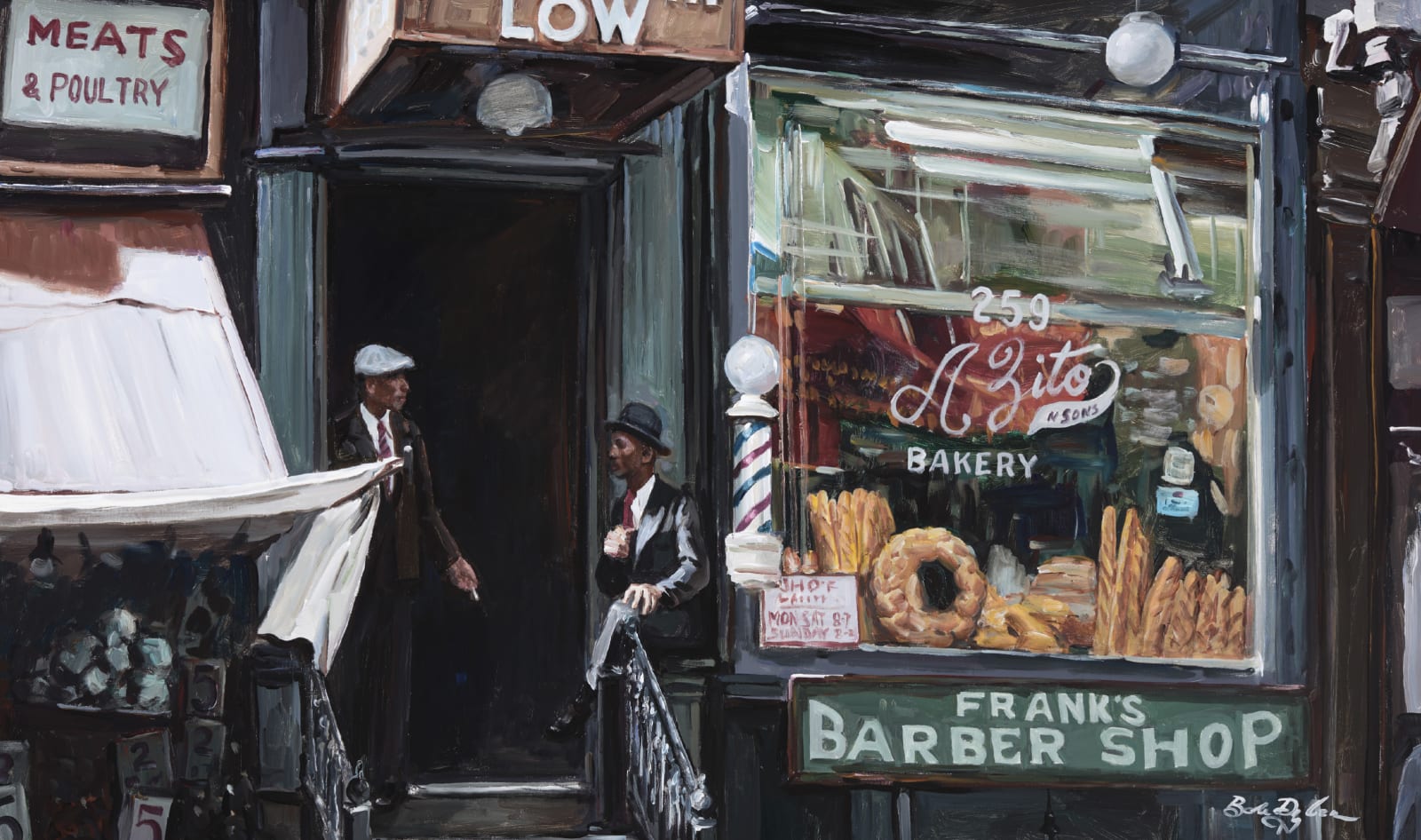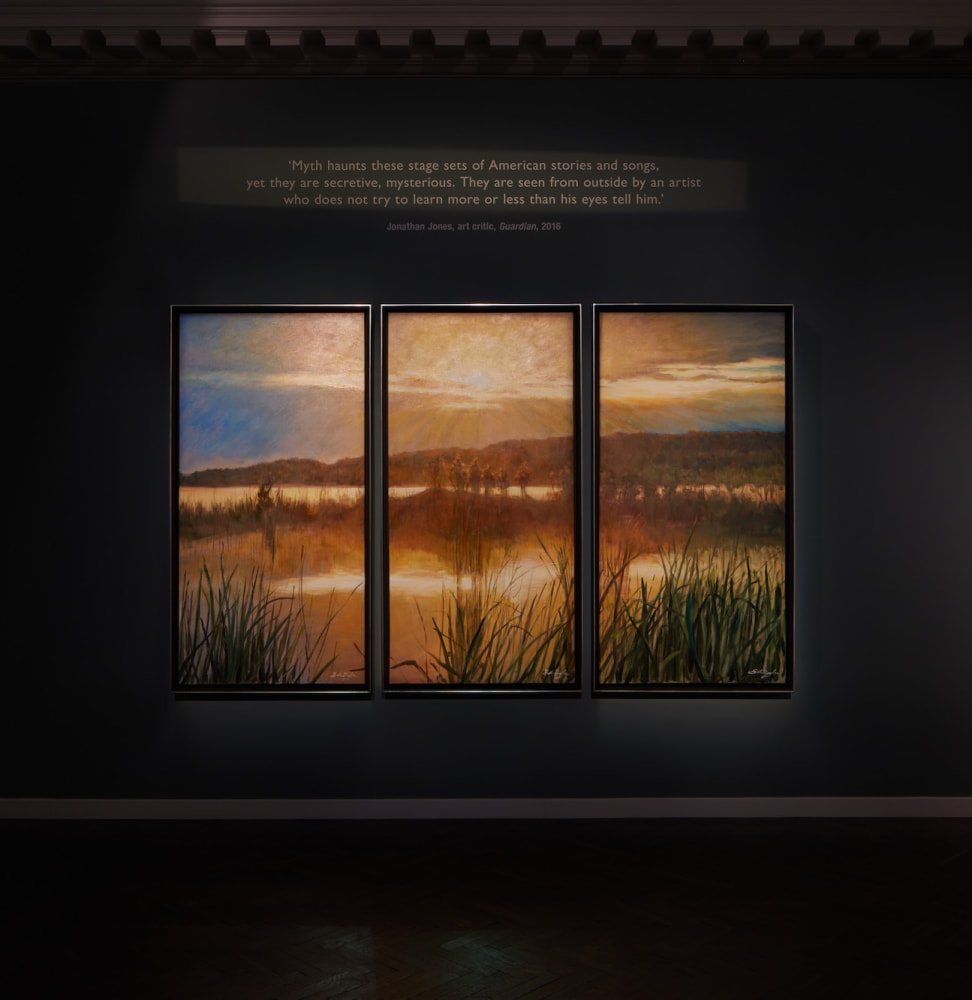

Joachim Pissarro on Warhol
Joachim Pissarro is a leading art historian, curator and cultural commentator. He has been a curator at prestigious American artistic institutions such as MoMA, Yale University Art Gallery and Kimbell Museum in Fort Worth. Today he is the President Emeritus of the Bershad Professor of Art History and Director of the Hunter College Galleries.
After writing the foreword to the catalogue which accompanies Halcyon Gallery’s exhibition Andy Warhol: Beyond the Brand, Pissarro was invited to give a tour and to share his thoughts on the collection.
Below, discover four key takeaways from Andy Warhol: Beyond the Brand, by Joachim Pissarro.
If you are interested in adding to your collection speak to an art consultant today - info@halcyongallery.com

Screenprinting is ‘an incredibly rich, complex exercise’
Pissarro began the tour by addressing the misconceptions that many people have about printmaking: ‘print connotations don’t, unfortunately, do justice to the incredibly rich, complex exercise’. The term ‘printing’ implies that its creator is detached from the production of the image; most commonly today we think of a machine that produces an image onto a sheet of paper through digital means.
However, as Pissarro explained, the term ‘printing’ has a long history and until relatively recently, it has been a word that referred to an analogue, a labour-intensive, highly skilled approach to the production of art.
The form of printing that Warhol adopted for the production of so many of his most celebrated works of art was the silkscreen method, which Pissarro explained is ‘as tough if not tougher than the act of painting’. This process requires immense expertise and patience as an image is created through the application of one colour at a time and the use of a single stencil at a time. The final product displays the vibrancy of a painting with a far smoother, more precise finish that conceals the artist's labour.

Warhol’s Byzantine Catholic background had a major impact on his work
The history of icons has had a major impact on Warhol’s representation of celebrities as Pissarro explained:
‘Warhol transfers the notion of the religious icon onto the non-religious world. The idols are no longer St. John or the Mother of God, but Marilyn Monroe’.
Pissarro addressed the fact that Warhol grew up in an extremely pious household in the Byzantine Catholic tradition. Icons were a core component of the spiritual practice of Byzantine Catholics and images of saints and the Virgin Mary, presented on gilded panels, adorned Warhol’s childhood home. He also saw them in church, and prayed before them as though these images embodied the subject of his praise.
The impact of this religious upbringing has been largely overlooked in Warhol scholarship until the last few years. Specialists, like Pissarro, have begun to acknowledge how these formative religious experiences shaped his approach to representation. The parallels that can be drawn between Warhol’s portraits of Marilyn Monroe and religious icons are numerous: the vibrant background, the simplification of her facial features and her ethereal guise are all reminiscent of icon portraiture.

Warhol’s message is that ‘Art should be entertaining’
Andy Warhol, as part of the Pop movement, rebelled against the metaphysical approach to art that the Abstract Expressionists identified with. Abstract Expressionism was an artistic movement that looked to create heavily textured abstract paintings on monumental canvases. The movement's leading protagonists, such as Jackson Pollock and Mark Rothko, dominated the New York art scene through the 50s, but in the 60s, Warhol, and others, presented an alternative vision. In Pissarro’s words, this was that ‘Art should be fun!’
‘Even to this day, there is a certain amount of resistance to Warhol’s message’. There is a prevailing view that art should be ‘serious’ and that ‘fun’ is not a concept that belongs in the same realm. Warhol challenged this view in no uncertain terms, representing the likes of Mickey Mouse, Superman, movie stars and pop stars. Pissarro explained that ‘Warhol’s humour was boundless’ and that this was a core component of his art.
If you are interested in adding Andy Warhol to your collection speak to one of our art consultants today - email us info@halcyongallery.com


